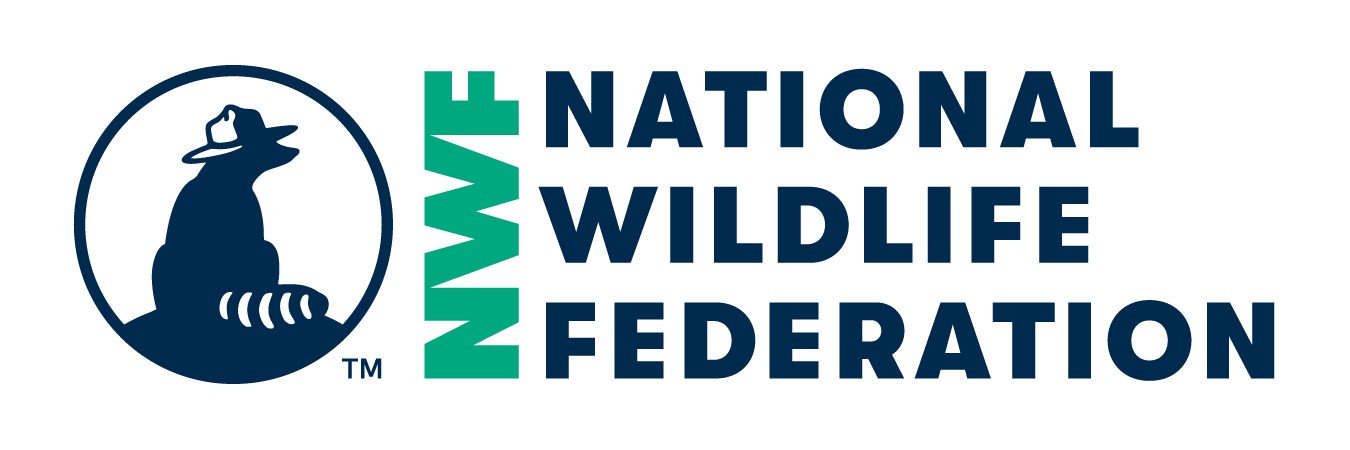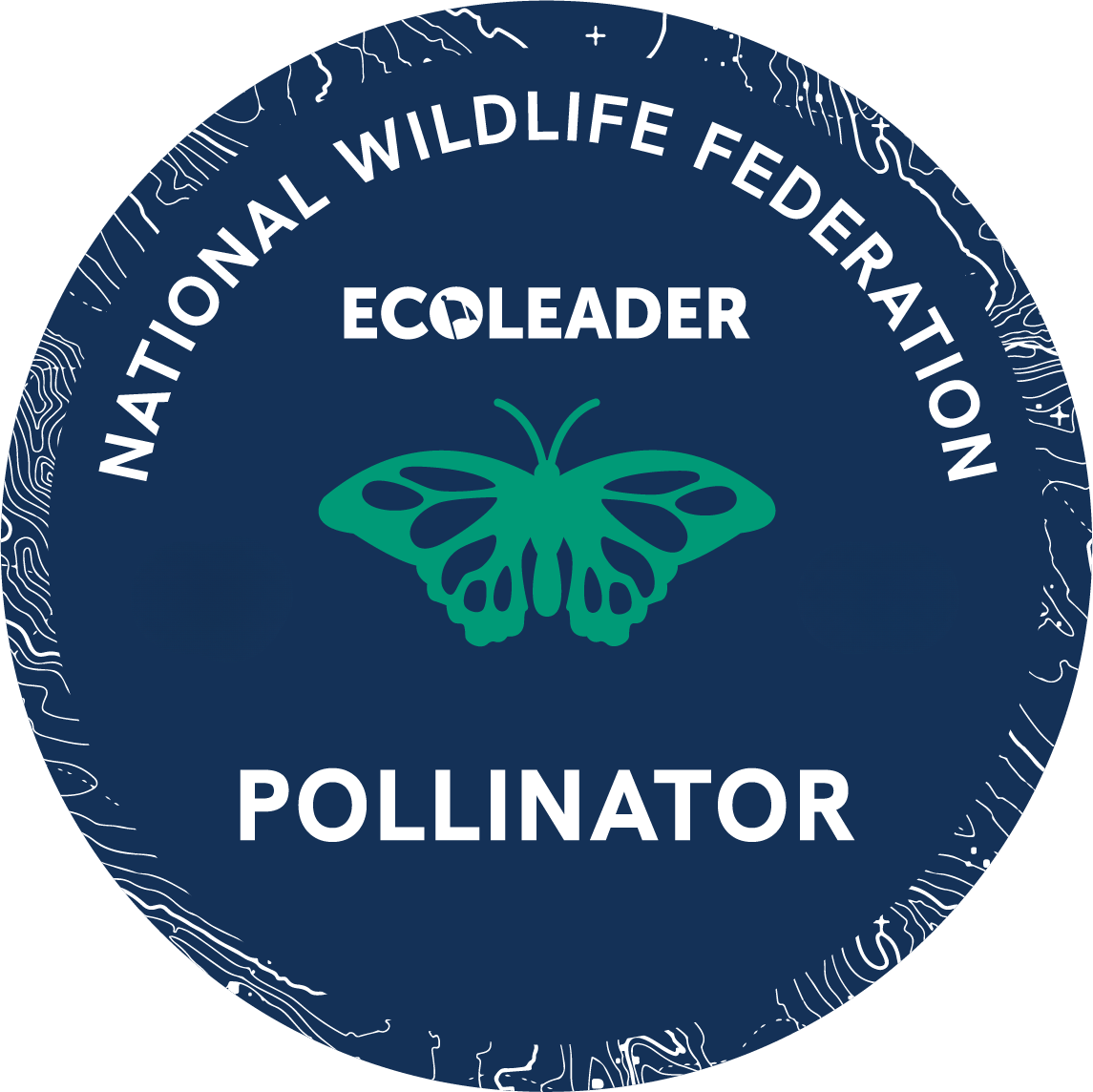Tami Sheiffer
Check the box once completed
I learned about the Monarch campaign and the importance of Pollinators
Which resource(s) did you choose to read?
Monarch Conservation in America’s Cities: A Solutions Guide for Municipal Leaders [4], Blog: Four Questions about Neonicotinoid Pesticides Neonicotinoid pesticides are a class of chemical used as an insecticide on crops, in home and school gardens, by landscapers, and on public lands. There is often a concern surrounding the impact of neonicotinoids on pollinating insects [5]
Are there other pollinator resources that you have found helpful that are not included in the resources bank? If so, please share them here:
Which action(s) did you take to participate to help monarchs and/or pollinators?
Educated citizens about the decline of the monarch butterfly through educational events, local editorials, creating Educational materials and leading citizen science efforts, Hosted or support a native plant sale or milkweed seed giveaway event, Advocated for the expansion of invasive species removal programs to make it possible to re-establish native milkweed and nectar plants to the landscape, Educated and engaged your community including homeowners, businesses, schools and universities, places of worship, and others in creating pollinator friendly habitats on their properties while working to attain NWF’s esteemed certification as a wildlife-friendly community
If you selected "Other", please describe the action you took.
Which method(s) did you use to communicate about the campaign and the action(s) you took?
Shared the action you’ve taken on social media , Launched a public communication effort to encourage citizens to plant monarch and pollinator gardens at their homes or in their neighborhoods
If you selected Other, please describe the method you took.
Which action(s) did you to take to help sustain your efforts on this campaign?
Developed a plan for ongoing maintenance of gardens planted, Other
If you selected Other, please describe the action you took.
Help homeowners certify their properties as wildlife sanctuaries with Audubon at Home, with signage post and plans for maintenance
In reflecting on your experience in earning this badge, please share some of your thoughts on what you most enjoyed about this process and if there are any ways you think it could be improved. What was your biggest take away?
Form Details
Average Rating:
Date Added: Feb 15, 2019
Date Last Modified: Mar 14, 2019








Project Feedback